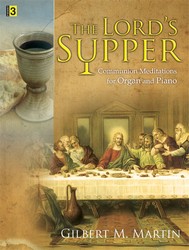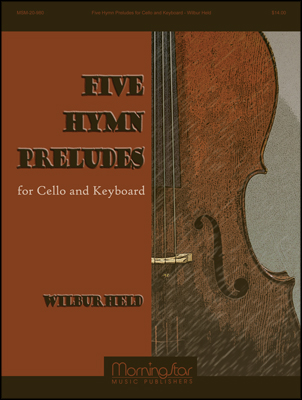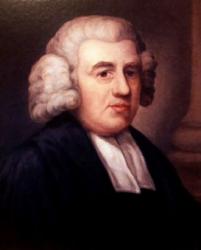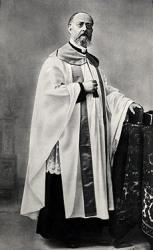Celebremos Su Gloria #405
Display Title: Cuán dulce el nombre de Jesús First Line: ¡Cuán dulce el nombre de Jesús Tune Title: EVAN Author: John Newton; Juan B. Cabrera Meter: 8 6 8 6 Scripture: Psalm 148; Acts 4:8-12; Ephesians 1:15-23 Date: 1992 Subject: Adoración | ; Comfort | ; Consuelo | ; Dirección Divina | ; Divine Direction | ; Worship |
Celebremos Su Gloria #405


 My Starred Hymns
My Starred Hymns








